Lice treatment and protection!
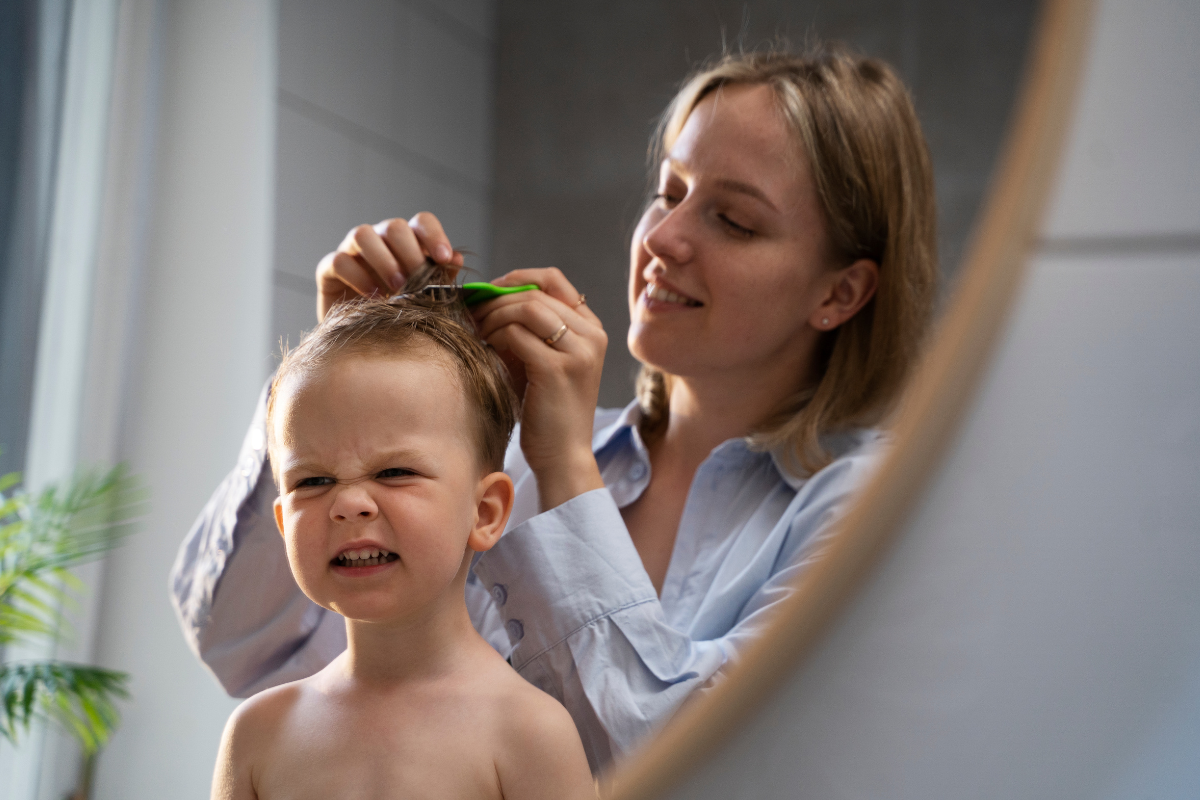
If your child gets lice, does not mean that he/she does not follow basic hygiene rules. It is very common for children to get lice during the summer holidays, at kindergarten or at school. Although this is a common problem in children between 3-11 years old, it is a fact that lice do not carry/cause diseases in the human body, only the symptom of itching.
In addition to the use of special products with a repellent effect, which are necessary to prevent lice transmission, there are also some tips that can contribute to their prevention.
Table of Contents
What does lice look like?
Head lice are tiny insects with 6 legs and gray color. When filled with blood, their appearance is more red than gray. Although they don’t jump from head to head (as they don’t have wings), they walk very fast and this makes them difficult to spot on the head.
Nits are the eggs of lice, which appear on the head as small pieces of dandruff. They are attached to the hair (close to the scalp) and are yellowish, white or brown in color. Eggs are laid close to the scalp by lice so that they are easier to hatch from the high temperature. The spots that are usually found are behind the ears, or near the neck.
-
Lice life cycle
The life cycle of lice can help you better understand what treatment is appropriate, but also how important prevention is.
Lice spend their entire life on human heads. The louse can live up to a month and must feed several times a day on human blood. If the lice are removed from the head, they will die within a day or two.
The louse can lay up to 8 nits per day. The eggs hatch in about a week (6 to 9 days). Hatchlings require a blood meal within minutes of hatching. Within the next 7 days, they become adults and can start laying eggs too.
Where do lice come from?
Lice can be spread from one child to another as they touch their heads, play, cuddle or sleep together. There is a misconception that lice fly, which is not true. Transmission is by direct contact, so inform your child to avoid it, as naturally as possible. They can appear in both boys and girls and live in all types of hair: straight, curly, natural or dyed.
It is important to understand how they are spread, so that you can take the right prevention process (for you or your child).
How not to get lice
Lice can also be transmitted by sharing objects (ribbons, caps, brushes, hats, etc.), but they cannot survive more than 12 to 24 hours away from the human body. If you suspect someone has lice, bag up brushes and items that may have come into contact with their scalp and use them again after a few days, after washing them thoroughly with warm water and a little vinegar.
If the children are going to play together or are invited to a party, we remind them not to lie on the bed or carpets. In addition, people who play team sports (especially children), may help the transmission of lice.
The best treatment is prevention, which is why we recommend using lice spray. This product is applied daily to the child’s head, without the need for rinsing, in order to protect the scalp.
Lice treatment
Every parent wonders how to get rid of lice! The best prevention is regular checkups! Once a week search your child’s head with the special comb, paying particular attention behind the ears and the base of the neck, whether it is itchy or not. The sooner you find out that the child has lice, the easier it will be to treat them and of course to prevent them from spreading to the whole family.
Although head lice are usually itchy, this is not always necessary. For this reason, we recommend that you check your child’s head regularly, so that even if it is stuck, you can more easily limit the transmission.
Use daily, morning-afternoon, anti-fouling products that repel lice based on smell. Do not forget that their action does not last the whole day. If you apply in the morning when the child goes to school, you should reapply in the afternoon before his tutoring or play.
To deal with lice, there are the following methods:
Lice shampoo. It is applied to wet hair and removed after it has worked. We suggest choosing a shampoo that works against lice and nits.
Electric comb. This is a specialized product, which with its LED light destroys lice and nits through static electricity. These are then removed from the hair through combing.
Antibacterial lotion. It is sprayed on the hair and removed after it works, with shampoo.
-
Nits: how do they leave?
You should choose the appropriate anti-lice treatment, so that it fights both lice and nits. It is important that after the first treatment you do, you carefully examine the child’s head within the next 8-12 hours, so that you can do a repeat treatment in case it is needed.
The removal of nits can be done very effectively if you use a special comb.
-
Physical treatment
Many parents look for a natural treatment for lice and may turn to solutions such as tea tree oil, mayonnaise, saline spray or vinegar. These specific treatments are not supported by any scientific evidence as reliable, so we recommend not trying them as they will not bring the desired results.
In conclusion, even if you do everything right, the chances of your child getting infected are very high. Without panicking or assigning blame, keep the special comb and an antifouling product in your bathroom so you can easily and quickly deal with this tiny enemy.
Extra Tips
- Separate and section the child’s hair to both control and treat lice.
- Use white vinegar to remove nits, as it helps to “loosen” the glue that holds them in place.
- Use a metal or plastic comb, not your hands directly, for nits.
- Dress your child in clean clothes after each treatment.
- Do not wash the child’s hair for 1-2 days after the treatment, as this may reduce the effectiveness of the shampoo.
- Wash the child’s (or the infected person’s) pillows, bedding, sheets, hairbrushes, clothes and blankets with hot water (over 60°C). At this temperature (and higher), lice cannot survive.
Find at Vita4you everything you need for effective anti lice protection.
References
Disclaimer
The content of this blogspot is not and can not be considered as medical advice, diagnosis or treatment. All information is provided to readers solely for informational purposes. There is no intention to substitute this content for personalized medical advice, diagnosis, prognosis or treatment.

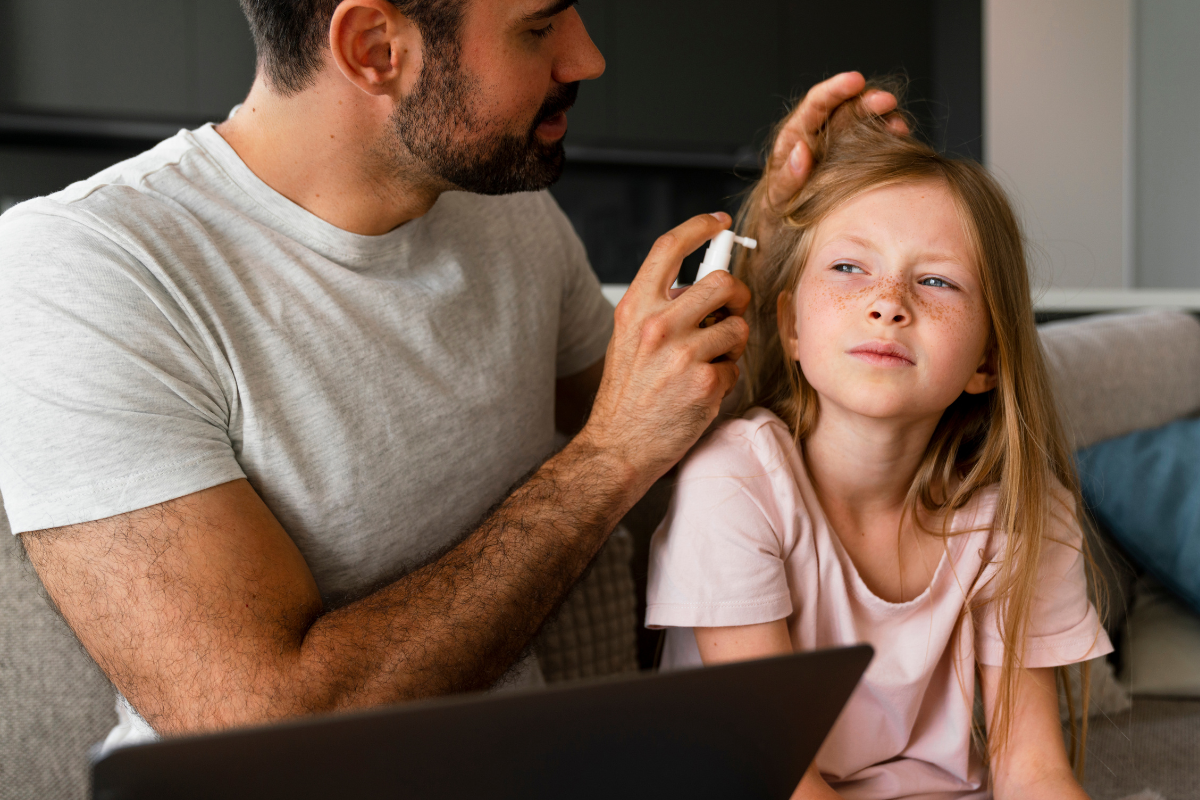
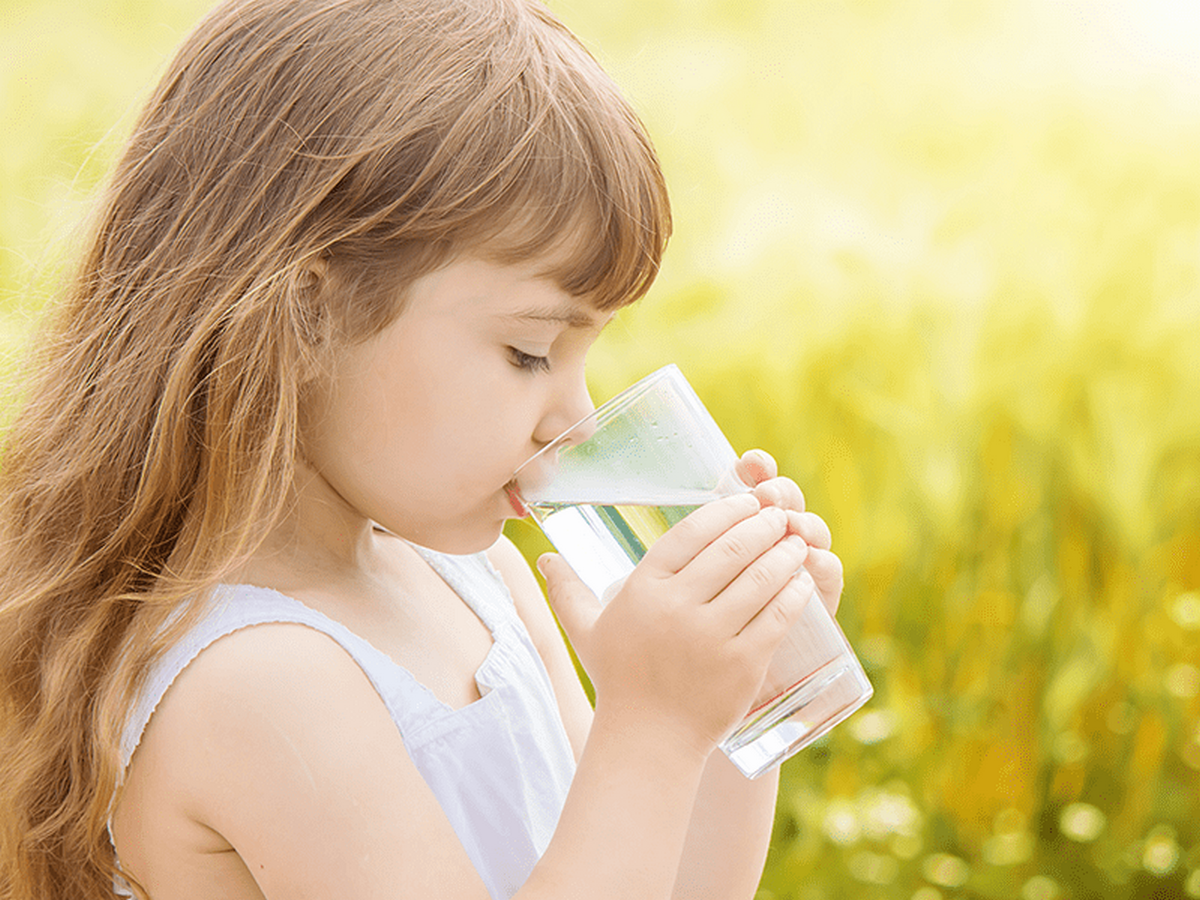
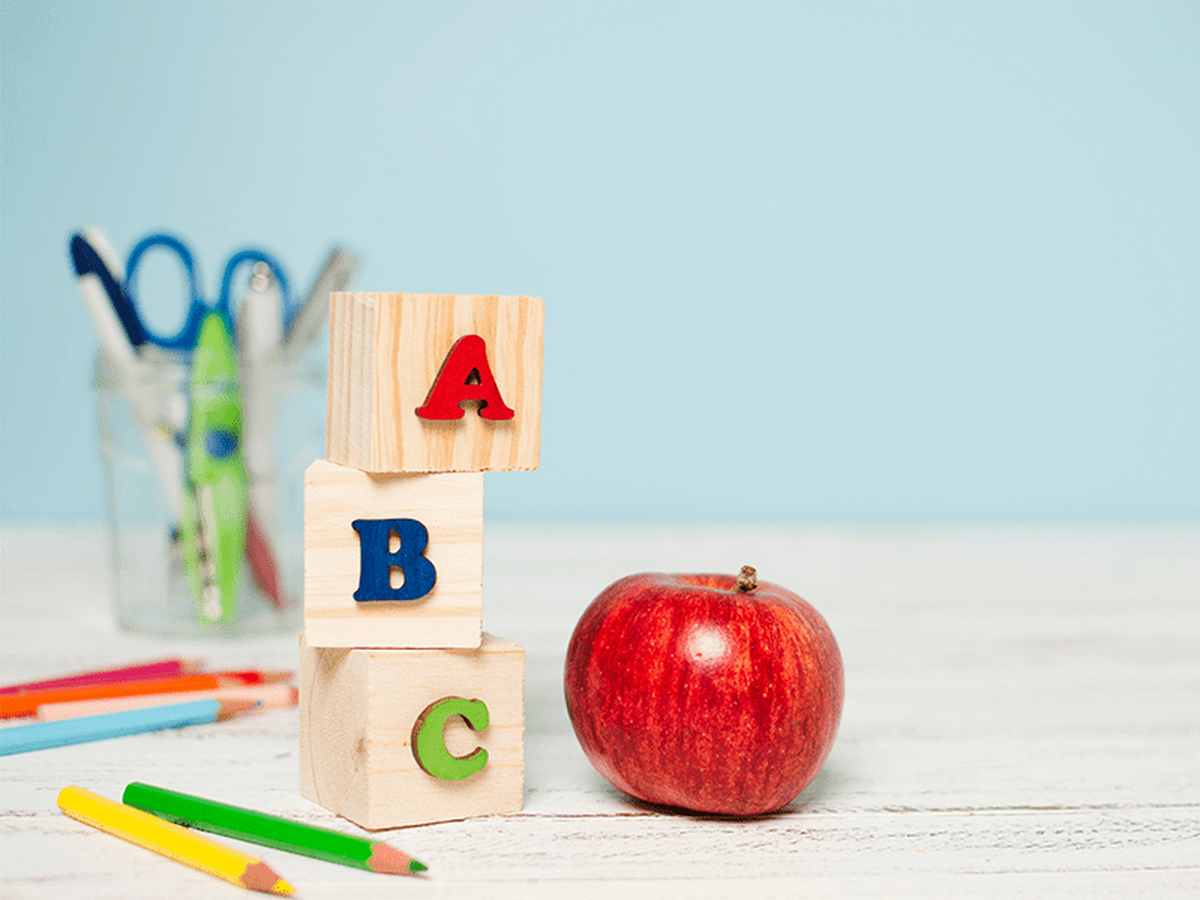

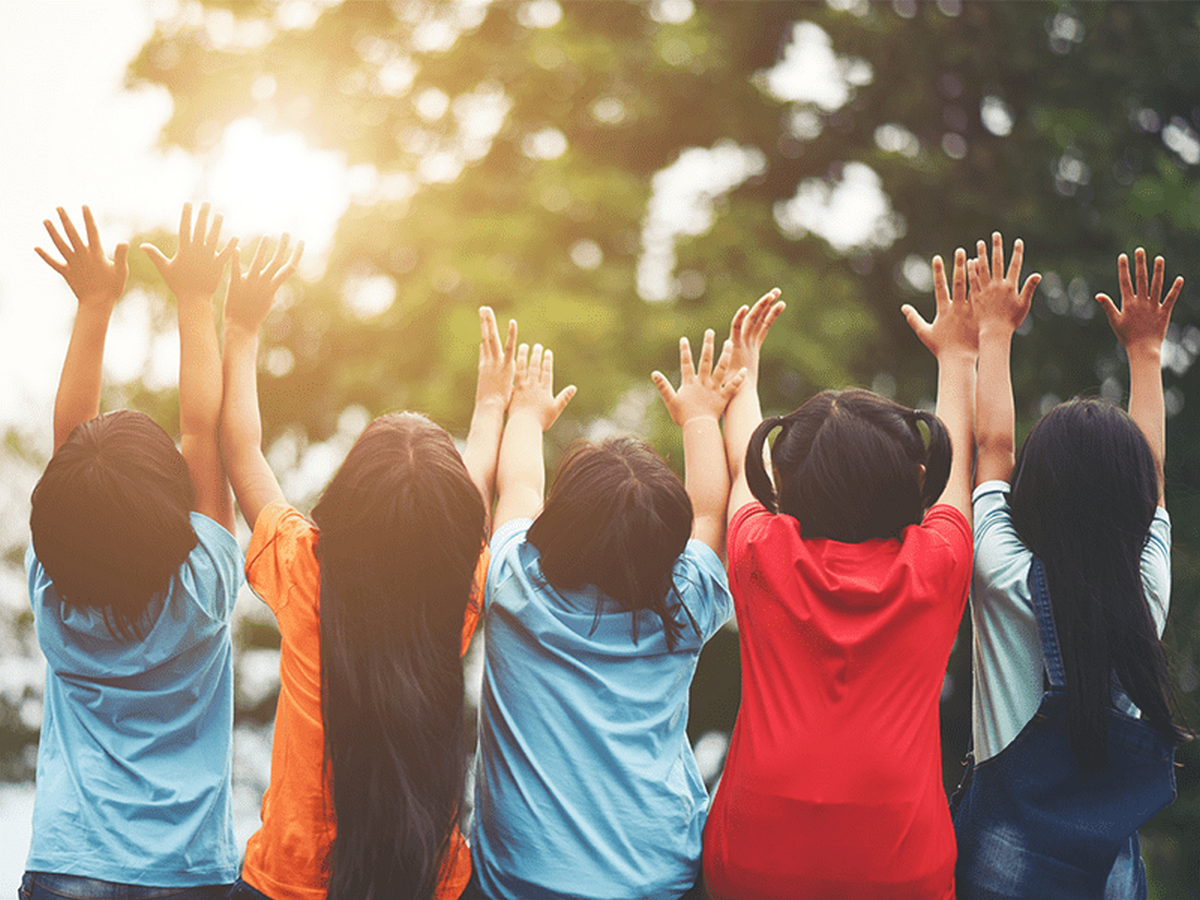
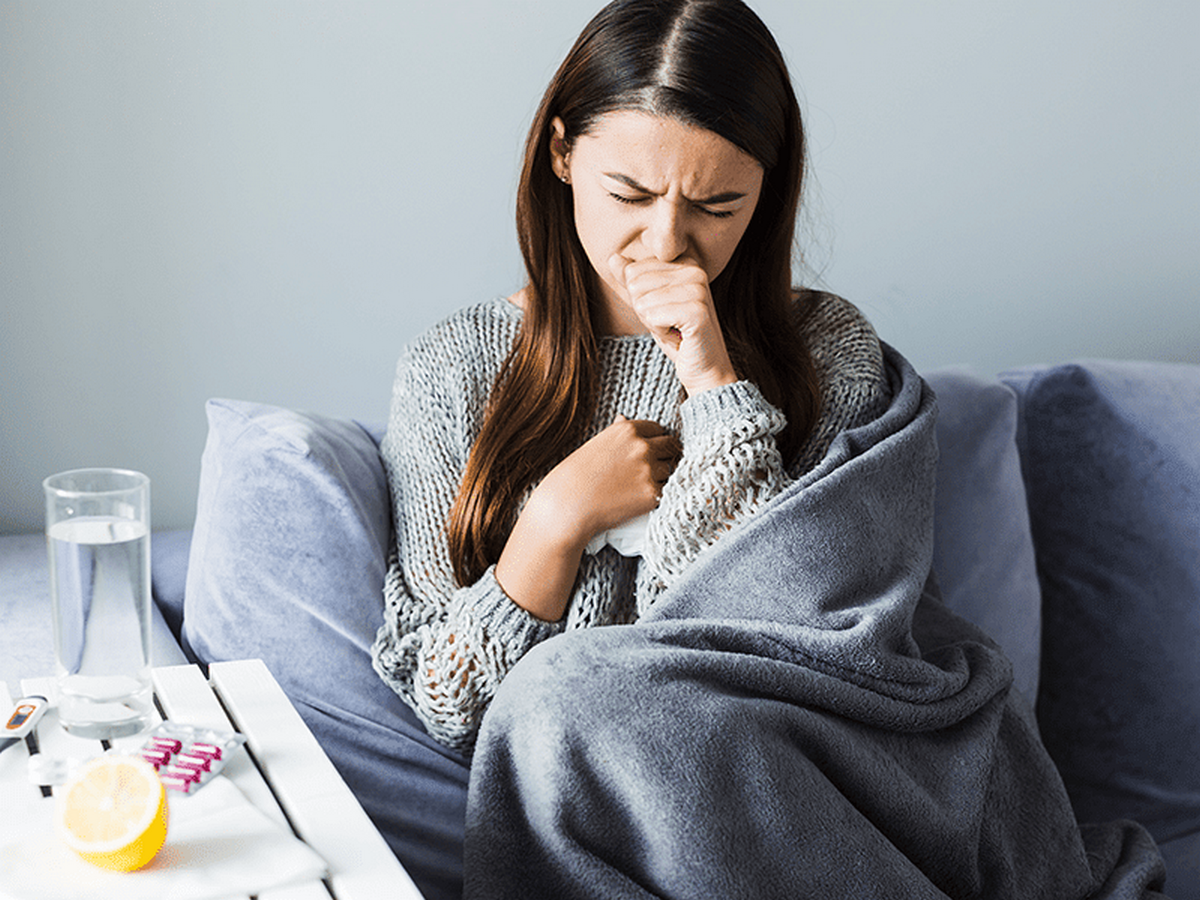
Leave a comment